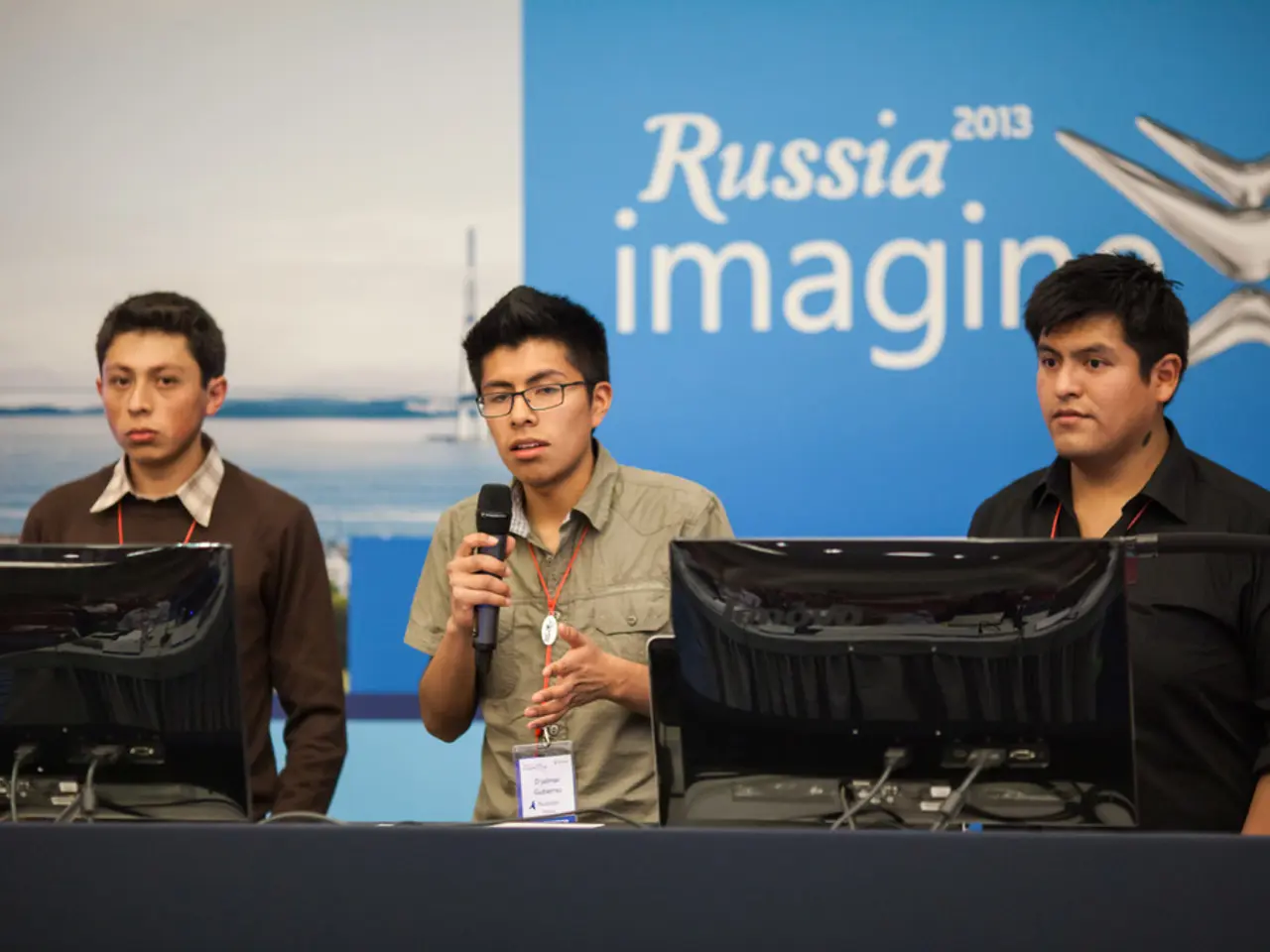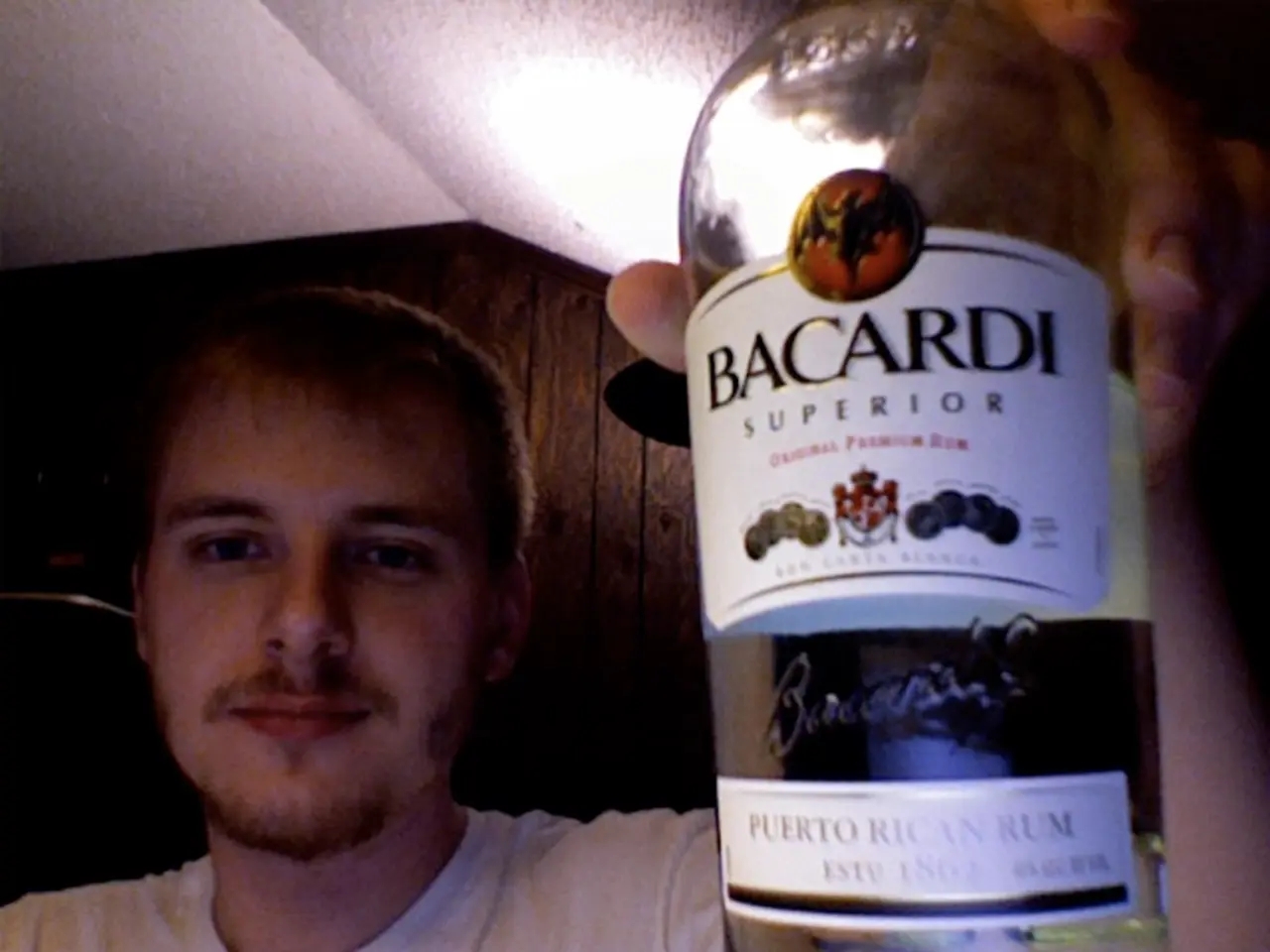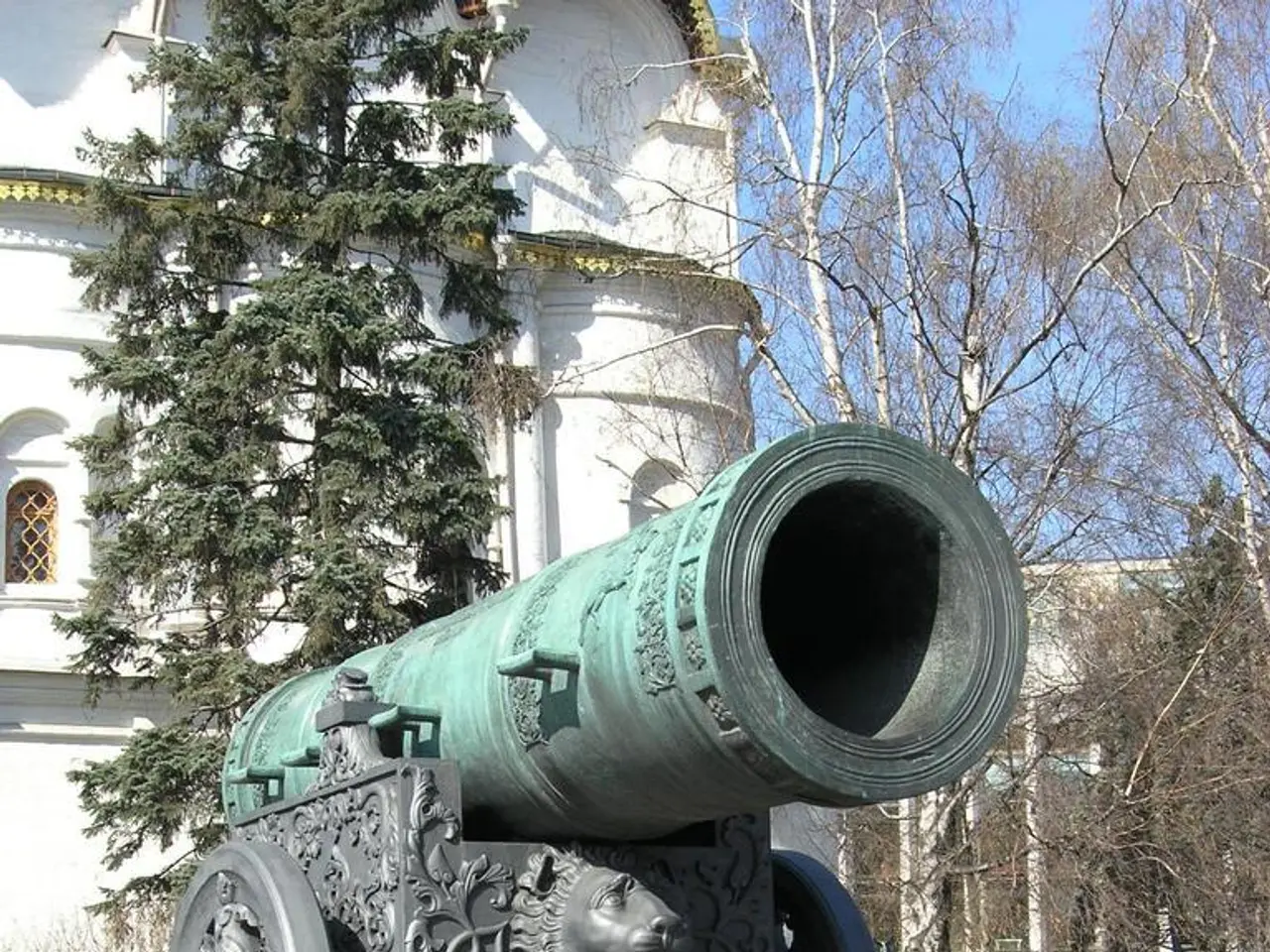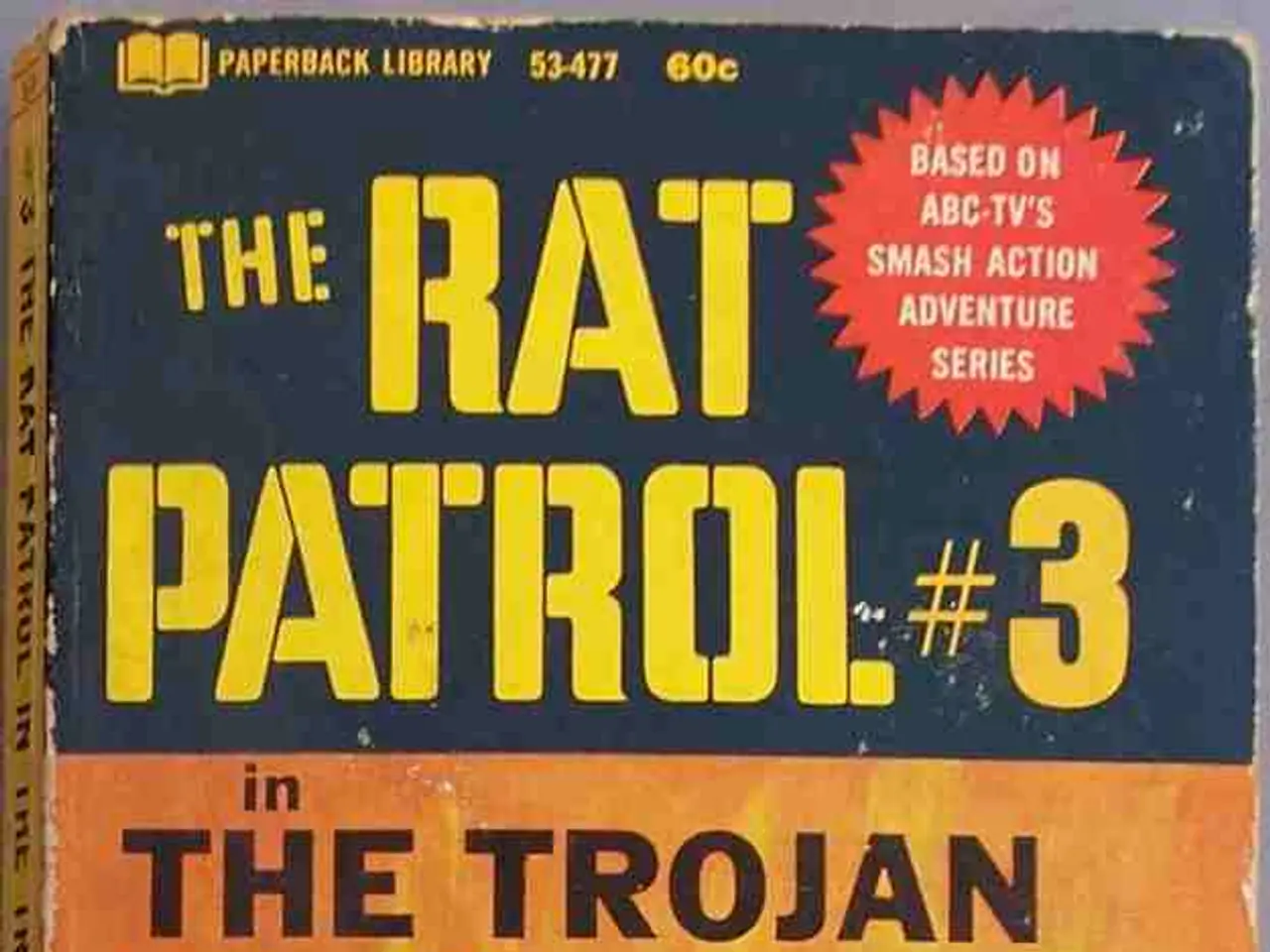19:17 Russian websites in the European Union, including Germany, frequently bypass ban orders
In the midst of escalating tensions between Ukraine and Russia, the enforcement of the European Union's (EU) ban on Russian state-affiliated media outlets has come under scrutiny. While Germany has been leading the pack in blocking some of these websites, significant challenges remain in ensuring complete and effective enforcement.
According to an investigation, German internet providers have managed to block between 25 and 33 of the sanctioned Russian media domains, making it the most effective outcome among the six examined EU countries [2]. However, this still leaves at least three banned Russian media sites attracting significant visitors within Germany, highlighting the incompleteness and imperfection of the blocks [2].
Across the EU, the overwhelming majority of banned Russian media websites remain easily accessible, illustrating enforcement gaps [4][5]. Platforms such as X (formerly Twitter) continue to see tens of thousands of posts linking to sanctioned Russian domains, mostly in German and French, indicating that digital distribution of Kremlin propaganda persists despite sanctions and blocking attempts [2].
Slovakia and Poland have shown even weaker blocking results than Germany [2]. The European Media Freedom Act (EMFA), which entered into force in August 2025, aims to strengthen media pluralism and combat disinformation more effectively. However, many member states, including Germany, have been slow to fully implement its provisions [1].
Meanwhile, the conflict between Ukraine and Russia continues to escalate. Ukrainian President Volodymyr Zelensky has invited Turkish President Recep Tayyip Erdogan to visit Ukraine, marking Erdogan's first visit to Kyiv since 2022. Lithuania, on the other hand, has requested assistance from NATO in bolstering its air defense capabilities following the discovery of a Russian drone in the country.
Ukraine has reported several incidents of Russian attacks over the past day. Two people were killed and 13 injured in the largest Russian attack to date on the rail hub Losowa. Four people were killed and three injured in Russian drone and artillery attacks in the Zaporizhzhia region. The frontline in Pokrovsk remains the most active combat zone, with Putin's troops attempting to advance there in 45 attempts over the past day.
In an effort to counter Russia's aggression, the US ambassador to NATO, Matthew Whitaker, has suggested the introduction of secondary sanctions against countries buying Russian oil as a means to end Russia's war against Ukraine. Ukraine has also lured thousands of deserters back into its military ranks through an amnesty law, with over 29,000 soldiers returning between November 2024 and August 2025.
The Ryazan refinery of Russian state-owned company Rosneft is currently operating at only 48 percent of its normal capacity following Ukrainian attacks. Special forces of the Ukrainian intelligence service SBU claim to have repelled a Russian attack on the Sumy region, with 334 Russian soldiers killed and 550 wounded. A Ukrainian military brigade has also published drone footage allegedly showing a Russian female soldier at the front.
As the conflict continues, the need for effective enforcement of the EU's media ban becomes increasingly important. Continued political will and full implementation of the EMFA could improve effectiveness going forward [1][2].
Sources:
[1] European Media Freedom Act (EMFA) [2] EU-wide ban on Russian media: Enforcement gaps and challenges persist [4] Russian media outlets remain accessible in many EU countries despite ban [5] RT websites in Germany receive over 100,000 visitors per month despite Europe-wide ban
- The European Union's (EU) ongoing ban on Russian state-affiliated media outlets, particularly in the context of war-and-conflicts like the one between Ukraine and Russia, necessitates a thorough review of the community policy and employment policy, ensuring complete and effective enforcement.
- The European Media Freedom Act (EMFA) serves not only as a policy for media pluralism but also as a tool to combat disinformation and strengthen the general-news landscape in the EU, given the persistent digital distribution of Kremlin propaganda despite sanctions and blocking attempts.






